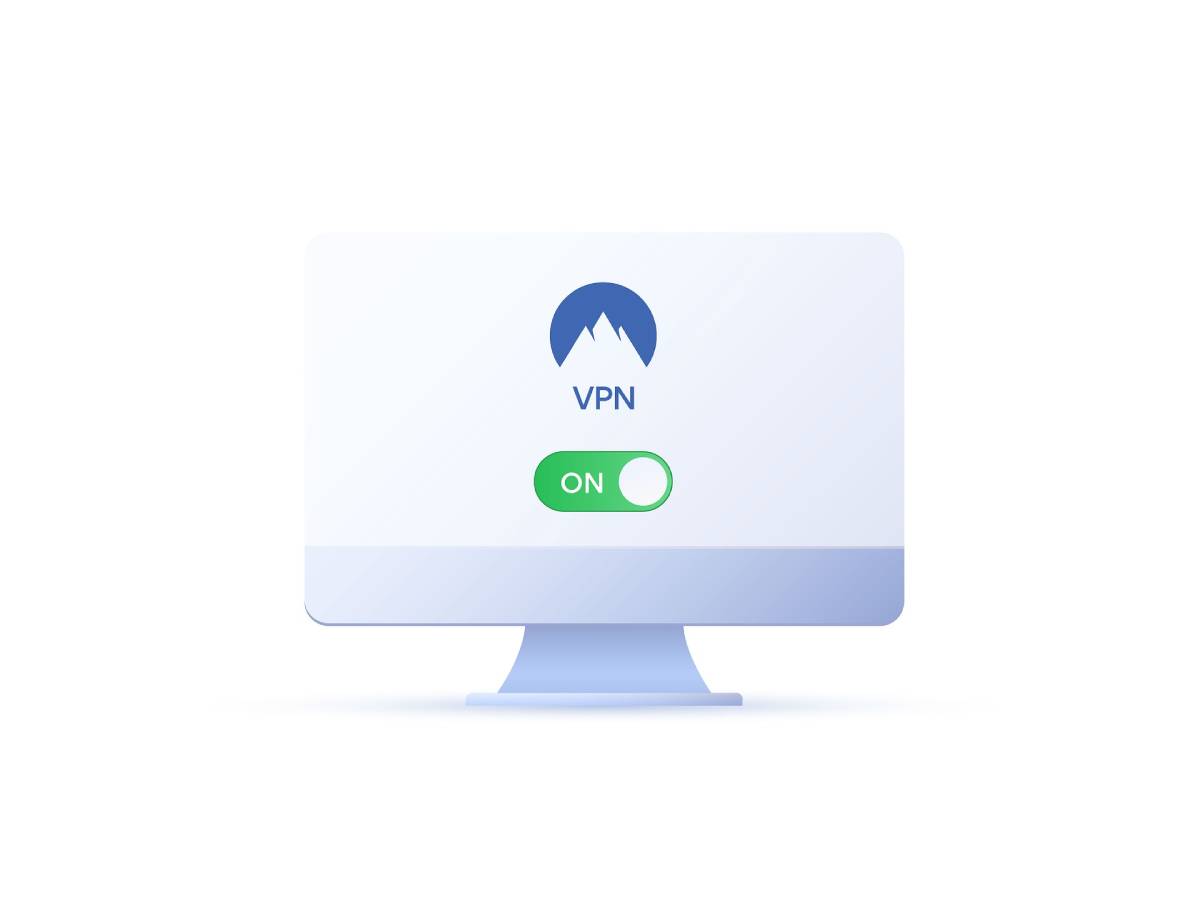The recently discovered vulnerabilities affecting WPA2 have encouraged people to talk about Virtual Private Networks (VPN) benefits. Ideally, we should all be using VPNs at home, in the office, on the way to work, over WiFi, and Ethernet.
However, to use VPN for safe browsing, it is helpful to understand how they work and make your internet use safer.
What Is a VPN, And How Does It Work?
A VPN is a series of virtual connections that run across the Internet that encrypt your data as it travels between your client computer and the Internet resources you use, such as B. web servers, wander back and forth. Many internet protocols have built-in encryption; B. HTTPS, SSH, NNTPS, and LDAPS.
Assuming everything is working correctly, your data will be encrypted at least twice when you use these ports over a VPN connection.
Many companies insist that their employees use their VPNs like internetetsecurite when connecting to their office network from home. Sometimes people use a VPN when they use BitTorrent to pirate media, so they don’t get caught, and their ISP can’t stop them.
Sometimes people use VPNs because they understandably want to be more secure in everyday internet use, and that’s a good reason to use a VPN.
PCs, smartphones, tablets, dedicated servers, and even some IoT devices can be endpoints for a VPN connection. In most cases, your client will need to use a VPN connection, and some routers also have built-in VPN clients. Unlike proxy networks like Tor, VPNs shouldn’t noticeably slow down internet traffic under normal circumstances.
However, some VPNs are faster than others. One of the most important factors is how many VPN clients are using a VPN server at any given time.
A VPN Connection Usually Works Like This.
The data is transmitted from your client computer to a point on your VPN network. The VPN point encrypts your data and sends it over the Internet. Another point in your VPN network decrypts your data and sends it to the appropriate internet resource, e.g., B. a web server, an e-mail server, or your company’s intranet.
The internet resource then sends data back to a point on your VPN network where it is encrypted. This encrypted data is sent over the Internet to another point on your VPN network, which decrypts the data and sends it back to your client’s computer.
Different VPNs can use different encryption standards and technologies. Here is a shortlist of some of the technologies a VPN can use:
- Point-to-Point Tunneling Protocol (PPTP): PPTP has been around since the mid-1990s and is still widely used. PPTP does not encrypt directly. It tunnels data packets and then uses the GRE protocol for encapsulation. When considering a VPN service that uses PPTP, keep in mind that security experts have rated the protocol, especially Microsoft’s implementation, as reasonably insecure.
- IPSec: You should consider IPSec as a better alternative to PPTP. IPSec is a suite of different protocols and technologies. The packet encapsulation occurs via the ESP protocol, and various systems (e.g., HMAC-SHA1 / SHA2) can be used for encryption.
- Layer 2 tunneling protocol (L2TP): L2TP can increase the security for tunneling with IPSec. find more info at internetprivatsphare
Summary And Conclusion
Mainly if you use a public WLAN, e.g., in cafes or shopping centers, you should secure your connection with a VPN. This increases your safety significantly, and a VPN can be set up quickly and efficiently both on the smartphone and on your computer.
The selection of providers is significant, and you can choose between free and paid models. There is sure to be the correct variant for everyone.

